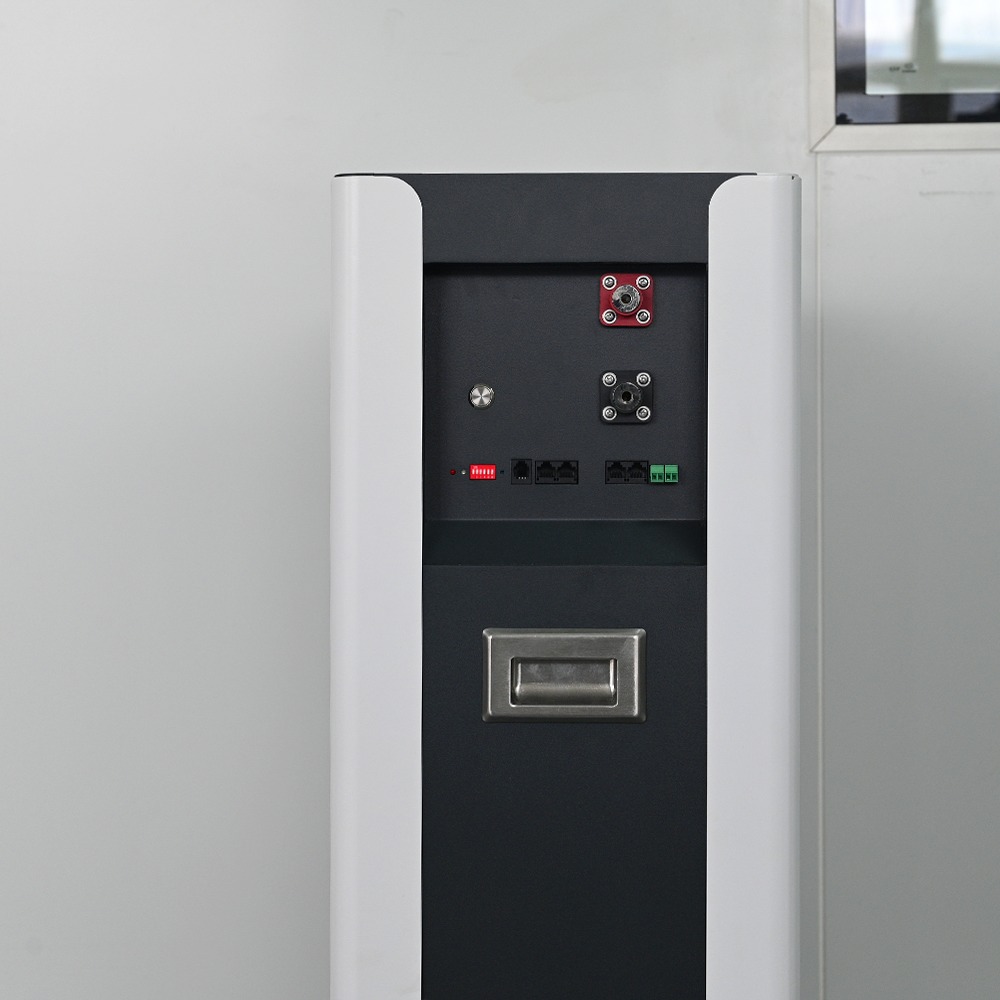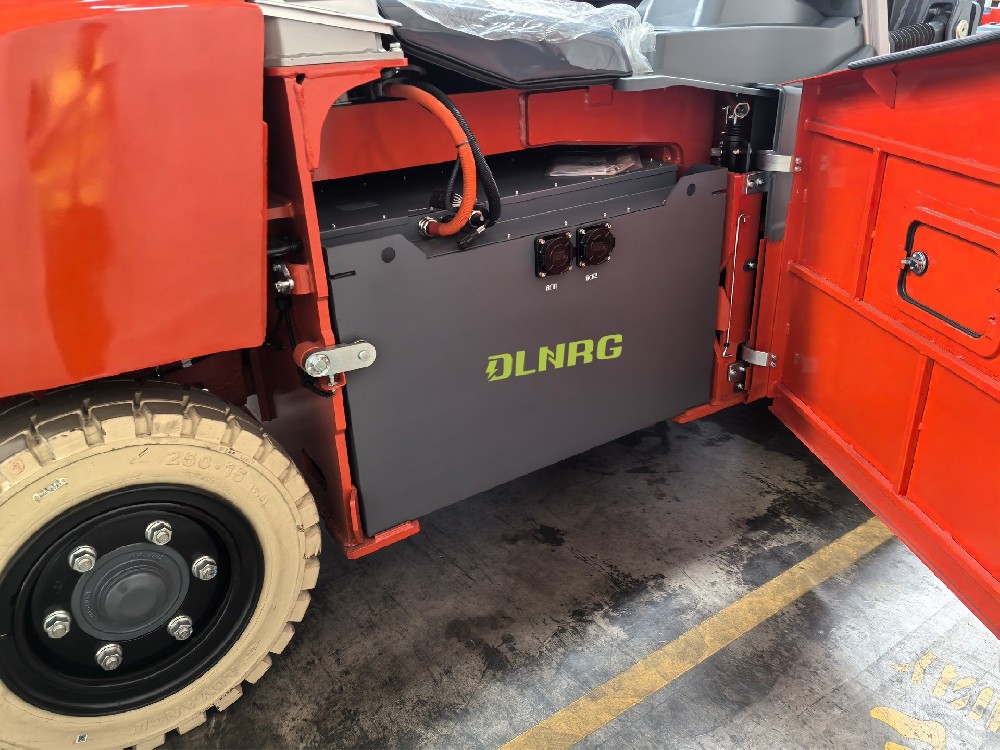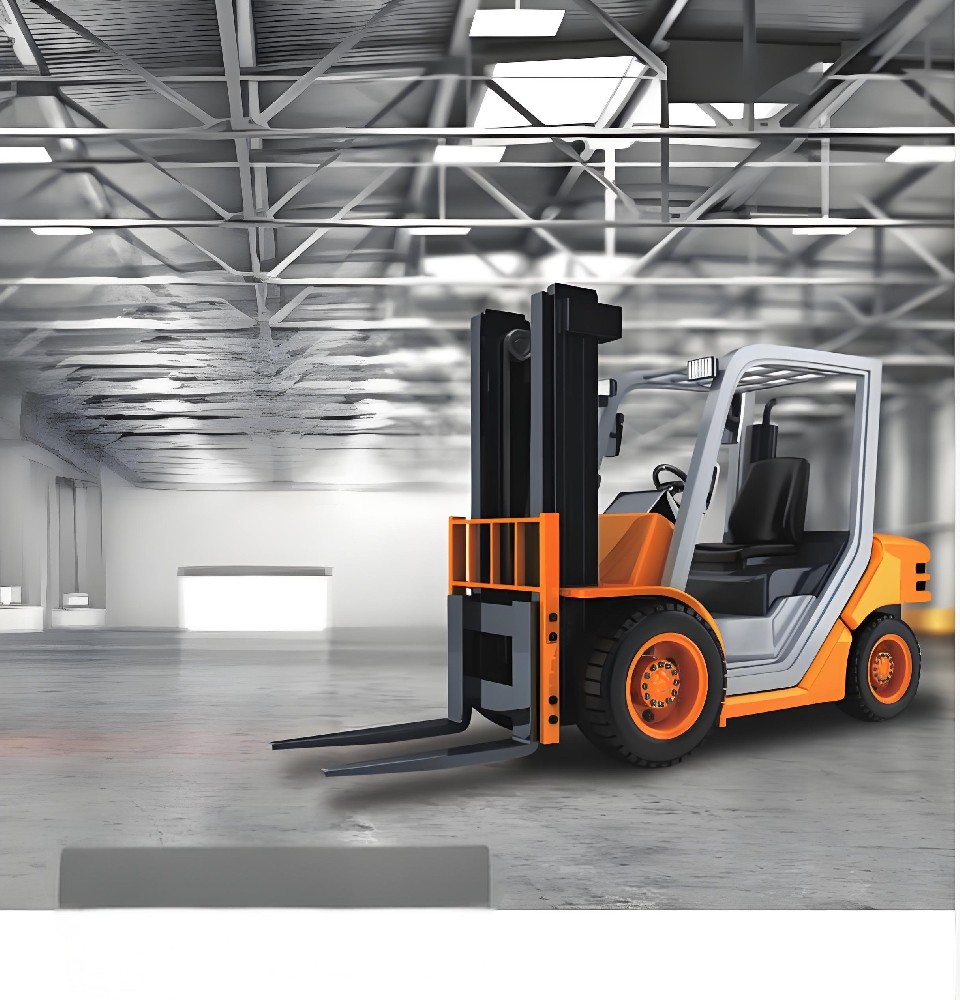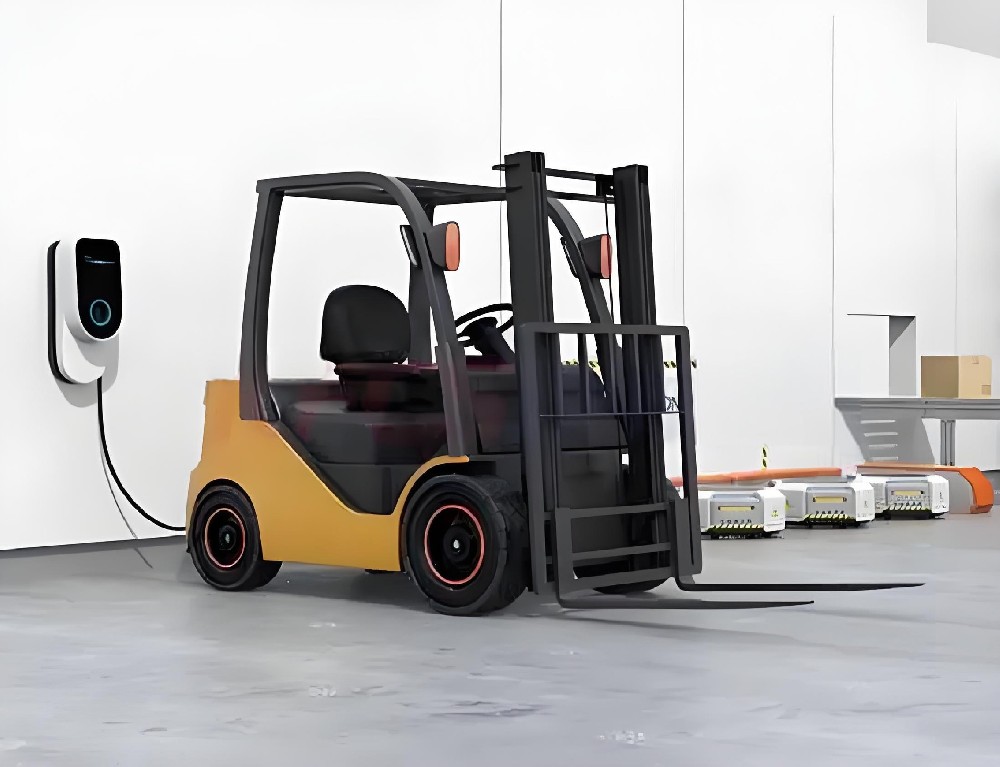As an emerging trend in the field of material handling equipment, the development prospects of forklifts with integrated lithium batteries are driven by multiple driving factors and also affected by some limiting factors. The following is a detailed analysis of the driving factors and limiting factors for adopting forklift integrated lithium battery solutions:
Drivers
Performance improvement and maintenance reduction:
Lithium batteries have higher energy density than traditional lead-acid batteries, providing stronger power and longer operating time.
Lithium batteries require less maintenance, reducing long-term use costs.
Enhanced sustainability:
The environmental protection characteristics of lithium batteries are in line with the current green development trend and help reduce environmental pollution.
Customization and flexibility:
The modular lithium battery system allows customization according to customer needs, which improves the flexibility of material handling equipment.
Ergonomic optimization:
Forklift designs with integrated lithium batteries generally have a lower center of gravity, which improves operational stability and safety.
The thin and light nature of lithium batteries provides more space in the cab and improves the operator's working environment.
Technology integration and efficiency improvement:
The full integration of forklifts, batteries and chargers can maximize efficiency and safety.
The integration of CAN bus technology helps to achieve real-time monitoring of battery data and optimize charging efficiency.
Limiting factors
Cost issues:
The price of forklifts with integrated lithium batteries is usually higher than that of electric forklifts using ordinary lithium batteries, which increases the initial investment cost of users.
Product line limitations:
The number of forklift models equipped with integrated lithium battery packs on the market is currently small, which limits its application in non-standard operations.
Charging facility requirements:
For large-capacity batteries, more powerful and efficient external chargers are required, which increases the cost and complexity of charging facilities.
Technology maturity and compatibility:
The maturity of high-voltage forklift battery technology needs to be improved, and the electrical system needs to be redesigned to support high voltage.
Closed systems may inhibit competition and raise prices, and universal standards for the integration of batteries with forklifts and chargers need to be formulated.
Market acceptance and brand preference:
Some European brands of lithium-ion forklifts are popular in their home markets, but may face challenges in brand awareness and acceptance in other markets.
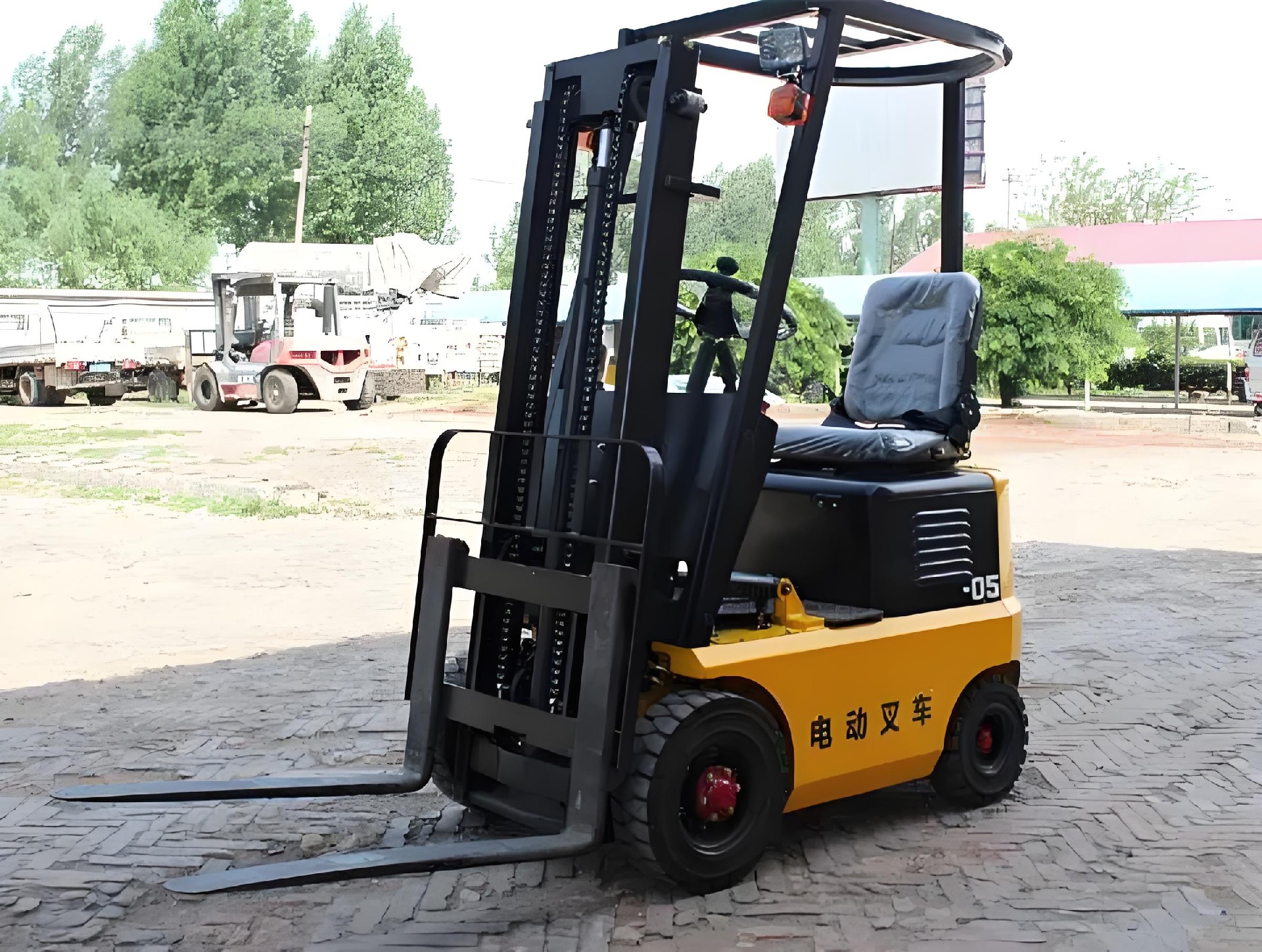
Conclusion
As an emerging trend in the field of material handling equipment, forklifts with integrated lithium batteries have significant performance advantages and sustainability characteristics. However, their widespread application is still restricted by factors such as cost, product line limitations, charging facility requirements, technology maturity and compatibility, and market acceptance. In order to fully exploit the advantages of lithium battery technology, major OEMs need to redesign trucks around this new power source and promote the development of universal integration standards. At the same time, direct plug-in solutions are likely to remain a more efficient and economical option for the next few years. Therefore, whether forklifts with integrated lithium batteries are a trend or a niche product will depend on whether these limiting factors can be effectively resolved and market demand continues to grow.


